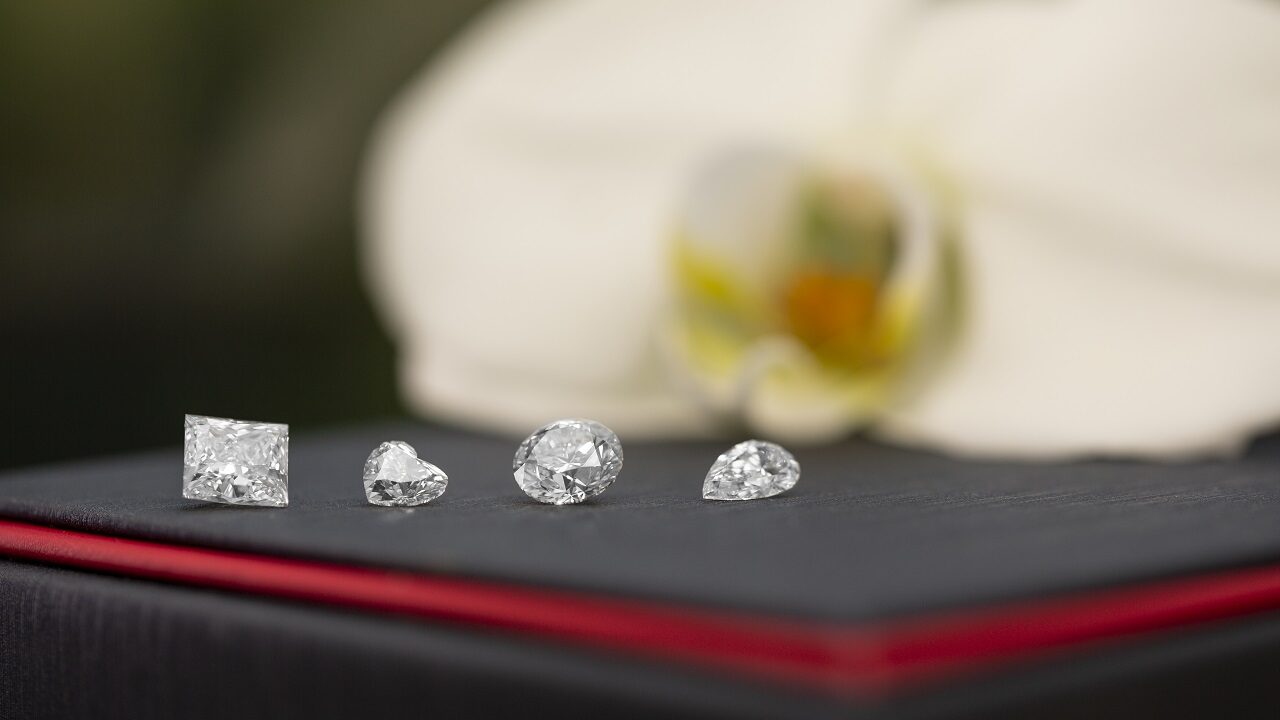Table of Contents
Introduction
In recent years, the diamond industry has witnessed a significant shift with the emergence of lab-grown diamonds. These man-made gems offer a sustainable and ethical alternative to traditionally mined diamonds. Among the various forms of loose lab grown diamonds available, loose lab-grown diamonds stand out for their versatility and numerous benefits. In this article, we’ll delve into what loose lab-grown diamonds are, how they’re made, their advantages, and more.
What are Loose Lab-Grown Diamonds?
Loose lab-grown diamonds are precisely what their name suggests: diamonds grown in a laboratory setting rather than being mined from the earth. These diamonds possess the same chemical and physical properties as natural diamonds, making them indistinguishable to the naked eye. However, they are created under controlled conditions, allowing for greater customization and consistency in quality.
Advantages of Loose Lab-Grown Diamonds
Cost-Effectiveness: One of the primary advantages of loose lab grown diamonds is their affordability. Since they don’t require extensive mining operations, their production costs are significantly lower, translating to lower prices for consumers.
Ethical Sourcing: Unlike mined diamonds, which often come with ethical concerns such as child labor and environmental damage, lab-grown diamonds are ethically sourced. Their production process eliminates the need for mining, thus reducing the associated social and environmental impacts.
Eco-Friendly: Another benefit of loose lab grown diamonds is their minimal environmental footprint. By eliminating the need for large-scale mining operations, these diamonds help preserve natural ecosystems and reduce carbon emissions.
How are Loose Lab-Grown Diamonds Made?
Lab-grown diamonds can be created using two primary methods: Chemical Vapor Deposition (CVD) and High Pressure-High Temperature (HPHT).
Chemical Vapor Deposition (CVD): In this process, a diamond seed is placed in a chamber filled with carbon-rich gases. Under controlled conditions, the carbon atoms adhere to the seed, gradually forming a diamond crystal.
High Pressure-High Temperature (HPHT): In contrast, the HPHT method involves subjecting a diamond seed to extreme pressure and temperature conditions mimicking those found deep within the Earth’s mantle. This process accelerates the growth of the diamond crystal.
Quality of Loose Lab-Grown Diamonds
When it comes to evaluating the quality of lab-grown diamonds, several factors come into play:
Clarity: Lab-grown diamonds typically exhibit excellent clarity due to their controlled growth environment. They are often free from the impurities commonly found in natural diamonds.
Color: These diamonds can be produced in a variety of colors, including white, yellow, blue, and pink, depending on the presence of trace elements during the growth process.
Cut: The precision of the cutting process ensures that loose lab-grown diamonds are faceted to perfection, maximizing their brilliance and fire.
Carat Weight: Lab-grown diamonds are available in a wide range of carat weights, catering to various preferences and budgets.
Where to Find Loose Lab Grown Diamonds?
Loose lab created diamonds are increasingly available from reputable jewelers and online retailers specializing in sustainable and ethical jewelry. Many of these retailers offer a wide selection of loose lab-grown diamonds in various shapes, sizes, and qualities.
Choosing the Right Loose Lab Grown Diamond
When selecting a loose lab grown diamond, consider factors such as certification, budget, and personal preference. Look for diamonds that have been certified by reputable gemological laboratories to ensure their quality and authenticity. Additionally, set a budget and explore options within your price range while also considering your desired characteristics such as color, clarity, and cut.
Caring for Loose Lab Grown Diamonds
Proper care and maintenance are essential for preserving the beauty and brilliance of loose lab grown diamonds. Follow these tips to keep your diamonds looking their best:
Cleaning: Regularly clean your loose lab-grown diamonds using a mild detergent and a soft brush to remove dirt and debris.
Storage: When not wearing your diamonds, store them separately from other jewelry pieces to prevent scratching. Consider using a soft cloth or jewelry pouch for added protection.
Maintenance: Schedule periodic inspections and cleanings with a professional jeweler to ensure that your diamonds remain in optimal condition.
Comparing Loose Lab Grown Diamonds with Natural Diamonds
While loose lab grown diamonds share many similarities with natural diamonds, there are some key differences to consider:
Physical Properties: Both lab-grown and natural diamonds have identical chemical compositions and physical properties. However, natural diamonds may contain unique inclusions and characteristics formed during their natural growth process.
Market Value: Lab grown diamonds typically cost less than natural diamonds of comparable size and quality due to their lower production costs. However, their market value may vary depending on factors such as consumer demand and perception.
Perception: The perception of lab-grown diamonds has evolved in recent years, with many consumers embracing them as a sustainable and ethical alternative to mined diamonds. However, some may still prefer the rarity and prestige associated with natural diamonds.
Conclusion
Loose lab-grown diamonds offer a sustainable, ethical, and affordable alternative to traditional mined diamonds. With their excellent quality, wide availability, and environmental benefits, they have become increasingly popular among consumers seeking beautiful and responsible jewelry options.

